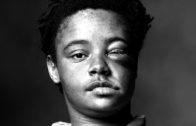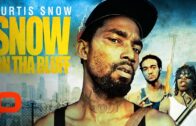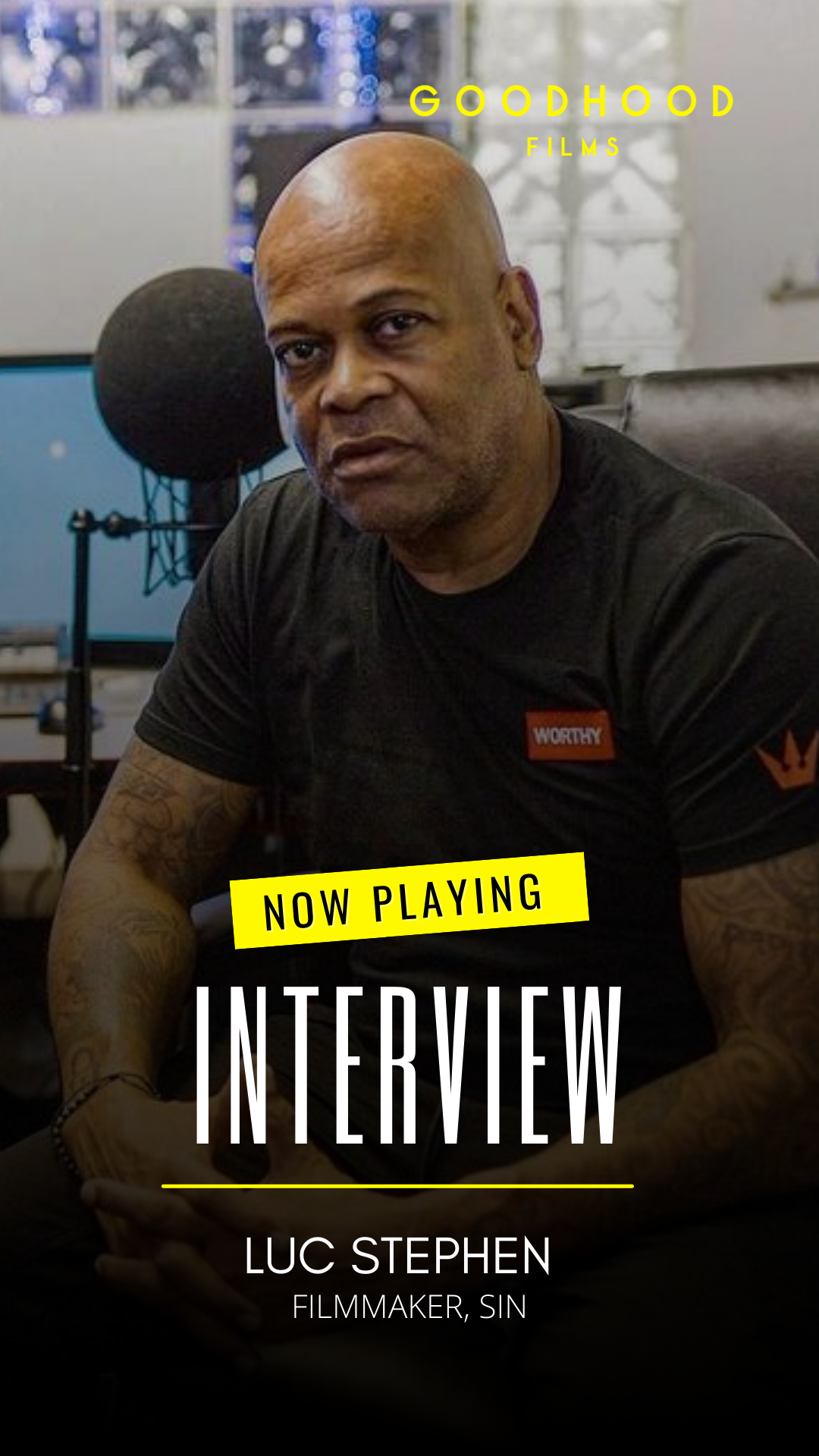The Streets of Harlem…How Black Men in The Streets Adapt to Structural Violence, is a video street ethnography that documents how Harlem-based street identified Black men, across generations, frame notions of resilience in relation to structural inequality. Dr. Yasser Arafat Payne, Associate Professor in the Department of Sociology and Criminal Justice at the University of Delaware has organized this project with music producer/video director Scott ‘Kasper’ Gaddy.
Johan Galtung (1969) created structural violence theory and he specifically argued that structural systems and institutions through policy and laws, worked to prevent individuals, groups and local communities from “meeting their basic needs”. In other words, according to Galtung (1969), many other scholars and many community leaders—segments of our society were intentionally sustained in economic poverty for the so-called, “greater good of larger society”. This structural philosophy is still guiding the United States.
Structural violence creates and fashions a street identity in low-income Black men, across generations, in Harlem NYC. This film understands structural violence in The Streets of Harlem through the following topics: violence, fatherhood, education, employment, housing, prison re-entry and experiences with police.
Additionally, this video street ethnography documents how Black men frame involvement in the streets as a site of resilience in response to egregious experiences with economic poverty. A “street” identity, “street life” or “the streets” is an ideology or way of life centered on personal, social and economic survival. Crime is coping. Ultimately, this project provides a social psychological examination of how street life, as an ideology and set of relations and networks, operates in the lives of low-income Black males as a space within which optimism and struggles for survival are displayed.
Filming took place between 2007-2011. Three specific generations of street identified Black men were interviewed: (a) 16-24; (b) 25-44; and (c) 45-above, in the context of individual, dual and group interviews. Those interested in and concerned with understanding more deeply the point of view of street identified Black men should also consider using this film as an instructional tool on how to conduct video-street ethnographies in local communities. We recommend this film be used for undergraduate and graduate courses. Also, the film should be used to generate provocative but informative discussions within local Black communities. And this project can be used by researchers, service providers, non-profit organizations and policy makers to more deeply and critically re-conceptualize notions of resilience and the developing of community-based interventions.





